In this first article in a series on philosophy and science, we take a look at materialism and why it is fundamental to science.


In this first article in a series on philosophy and science, we take a look at materialism and why it is fundamental to science.

Gene therapy restores hearing in children with hereditary deafness; ongoing trials show promise for widespread application.
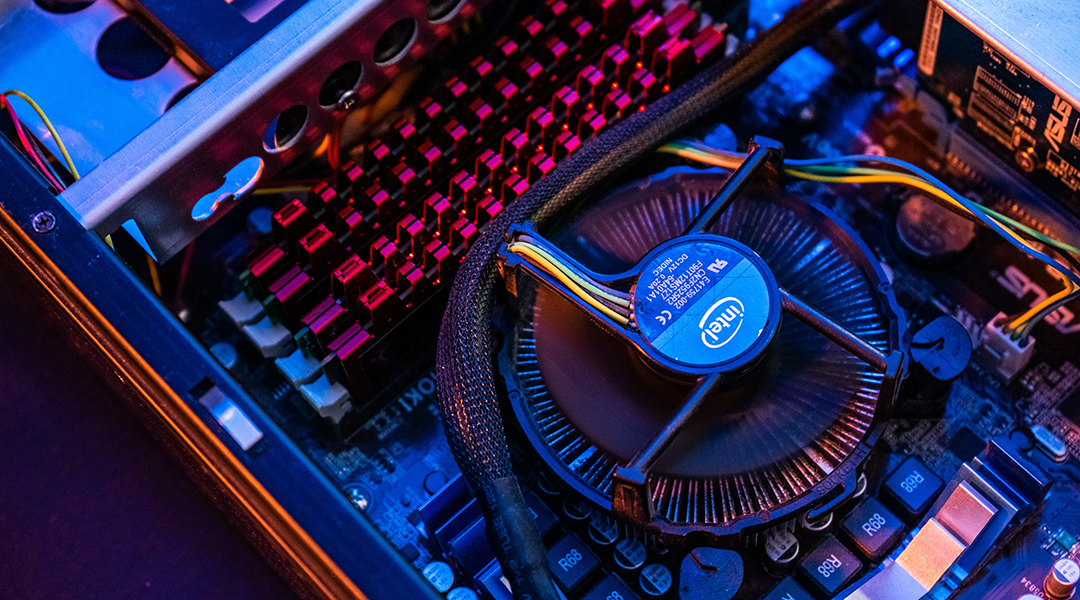
Through awareness and education, individuals may become more conscious of their future spending choices, ultimately contributing to the success of the right to repair movement.
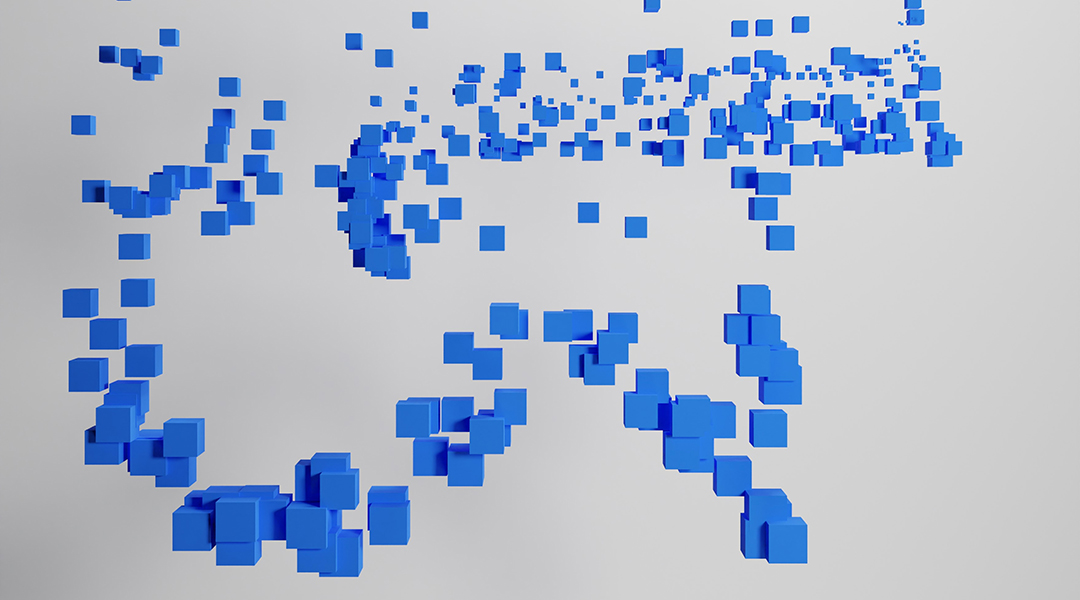
A new AI diagnostic tool uses microbiome data and lifestyle factors to predict risk of multiple diseases, ushering in a new era of personalized healthcare.

Communicating with animals has long been the dream of scientists and animal lovers alike, and AI has the potential to bring us closer.
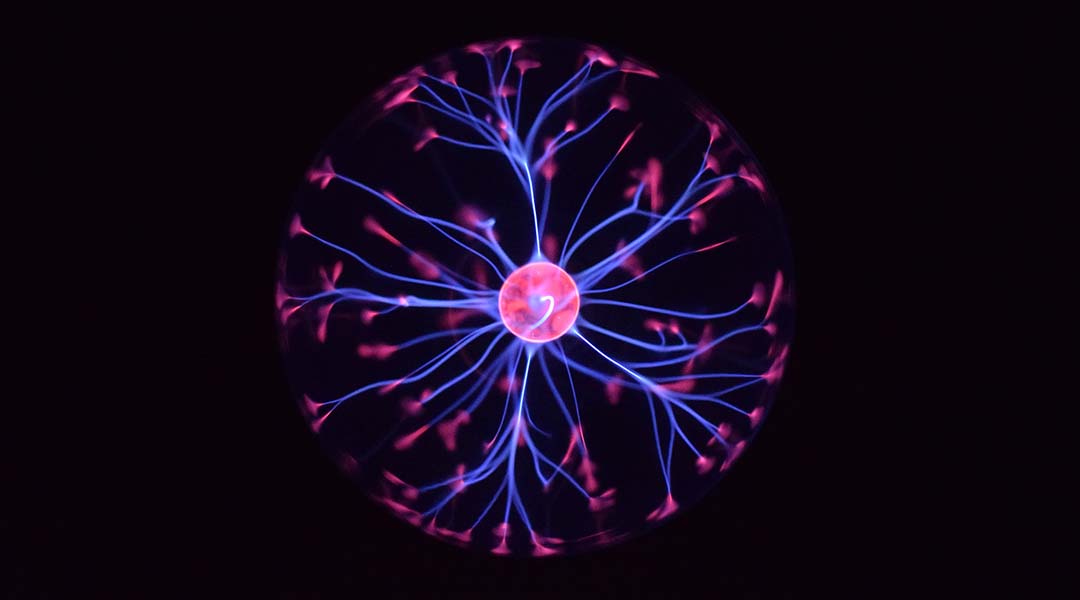
To make computers faster and more efficient, scientists are using the brain as a model in this blossoming area of computer science.

Using sound fields to trap particles and mold matter in complex shapes, scientists are taking 3D printing to the next level.
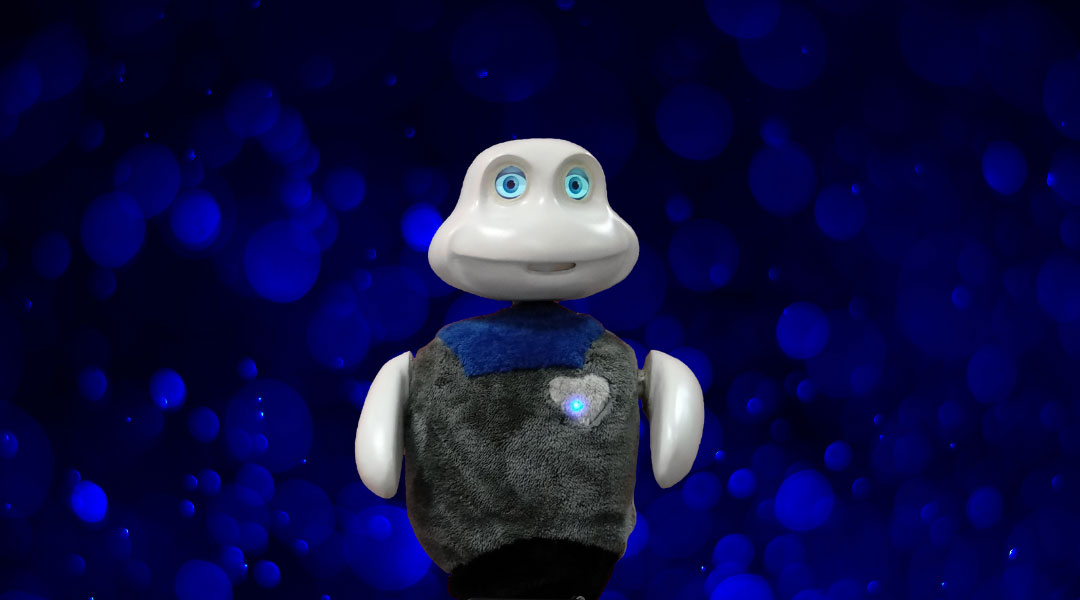
Modeling involuntary aspects of human behavior, such as blinking or even jet lag, might help build trust in robot-human interactions.
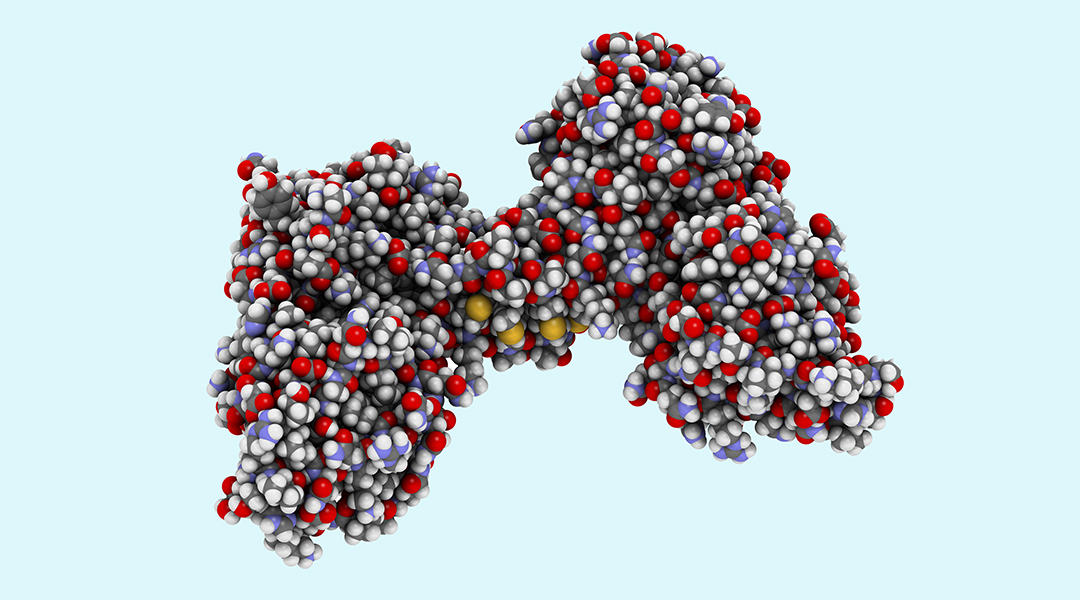
Important findings from an animal study have prompted the exploration of a gene therapy for Duchenne muscular dystrophy in an ongoing human trial.
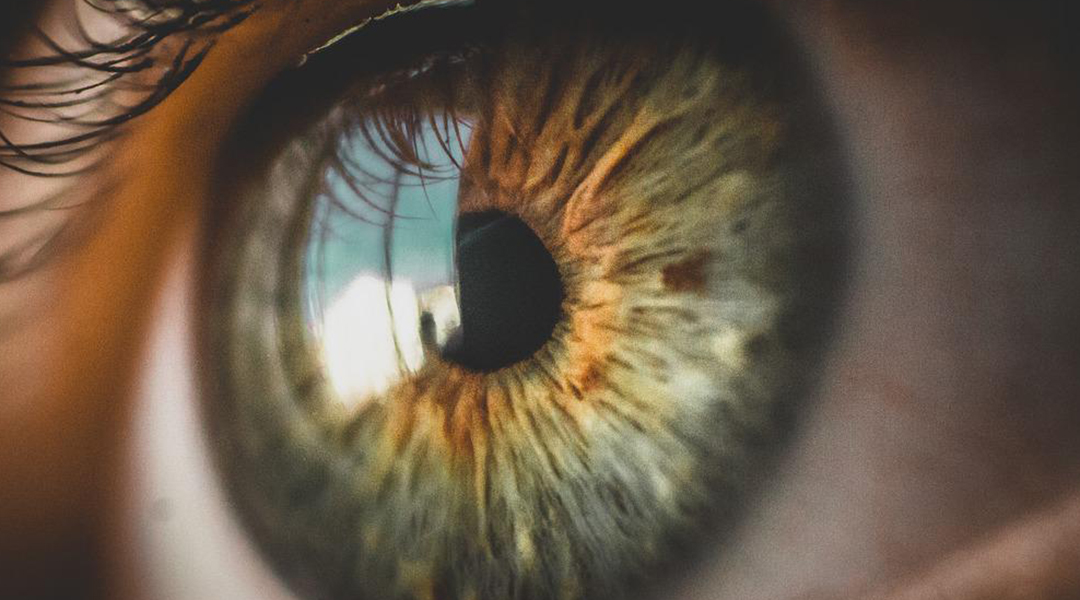
Forcing robots to see through a human’s eyes is limiting. Smart robotic eyes that can think for themselves could be the answer.